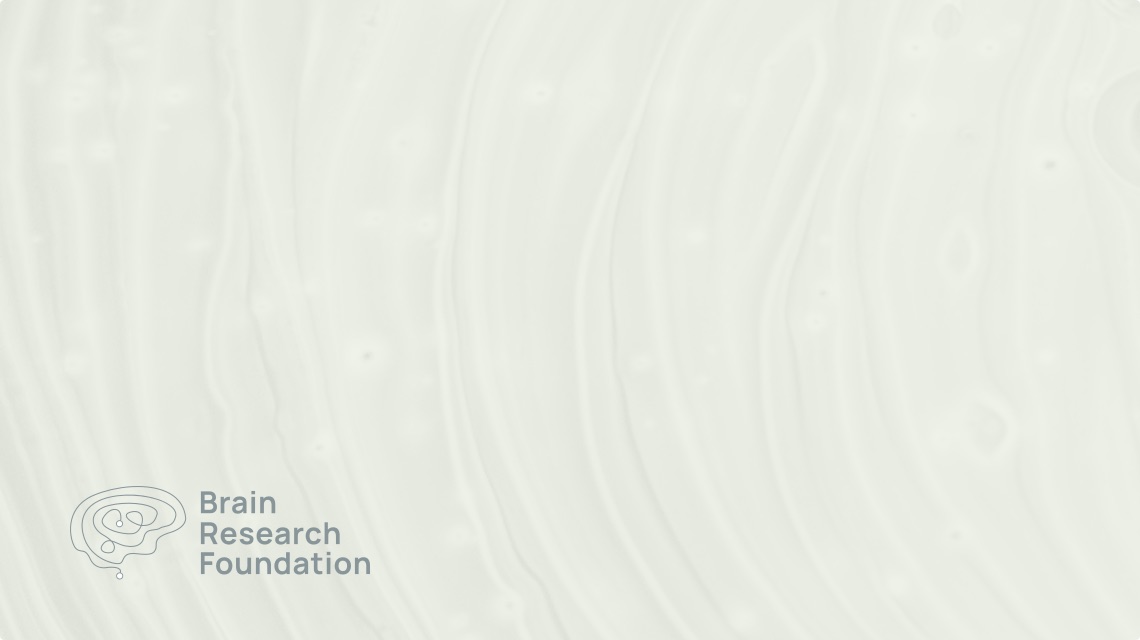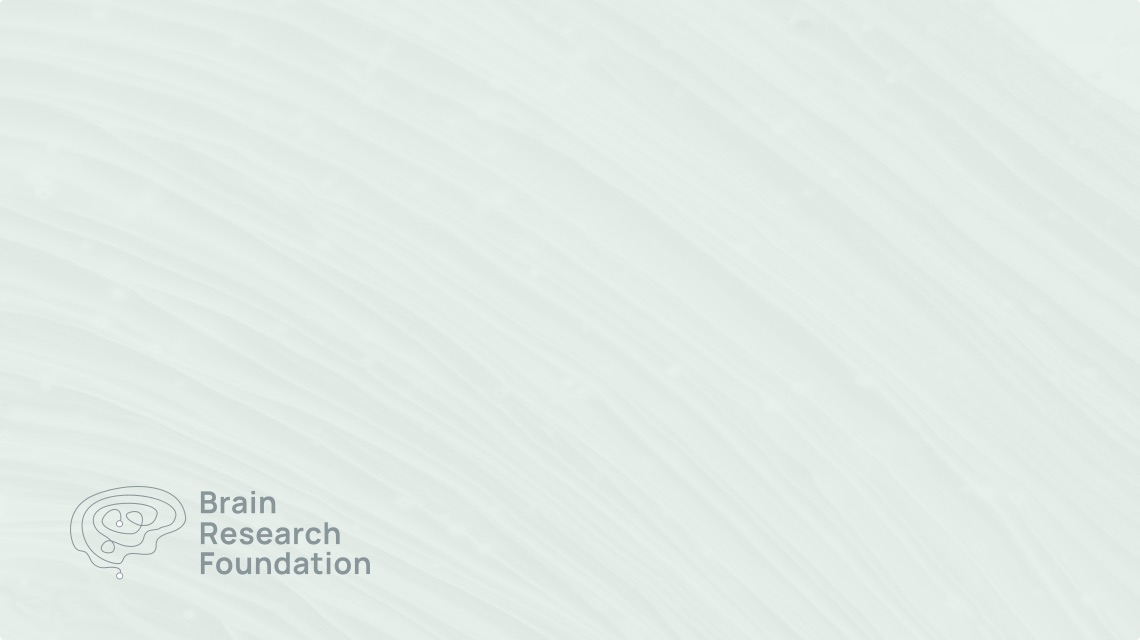2022 Seed Grant
Byoung Il Bae, Ph.D.
University of Connecticut
Carl & Marilynn Thoma Foundation Seed Grant
The cerebral cortex is the largest and outermost part of the human brain. It is highly folded, or “gyrencephalic”, and contains tens of billions of neurons. Its normal development requires tightly controlled molecular and cellular mechanisms, and its abnormal development underlies numerous brain disorders including autism spectrum disorder and attention-deficit/hyperactivity disorder. Once human geneticists find a causative genetic mutation for a disease, it is usually modeled in the mouse, the most popular mammalian species for biomedical research with a small and smooth-surface cortex. However, scientists have realized that, development of the human cortex in health and disease requires not only the mechanisms conserved in all mammals but also those specific to gyrencephalic mammals, primates, or only humans. Thus, neurodevelopmental disorders that are severe and complex in the human cortex are often simple and mild in the mouse cortex. For example, we study a gene called abnormal spindle-like microcephaly-associated (ASPM), which encodes a centrosomal protein expressed in proliferating animal cells. Loss of ASPM is the most common genetic cause of severe microcephaly (small brain) in humans with 50-75% reduction in size and simplified folds or gyri, but the same mutation in mice results in less than 10% reduction. Thus, we tested whether the ferret, a gyrencephalic species with a moderate-sized cortex and similar molecular mechanisms to humans, can model microcephaly more rigorously than the mouse when ASPM is missing. Indeed, Aspm knockout ferrets show severe microcephaly with up to 25% reduction in size and simplified gyri. Surprisingly, Aspm knockout ferrets, but not mice, show premature maturation and programmed cell death of cortical progenitor cells. Therefore, our goal here is to mechanistically understand how the developing gyrencephalic cortex of humans and ferrets is uniquely vulnerable to loss of the centrosomal protein ASPM. To achieve this goal, we will find gyrencephalic mammal-specific interacting proteins of ASPM and test their functions in the developing ferret and mouse cortices. Results from our research will have a broad impact on many other neurodevelopmental disorders that are severe in humans but mild in mice, such as lissencephaly (smooth brain), polymicrogyria (many small folds), autism, and schizophrenia.


